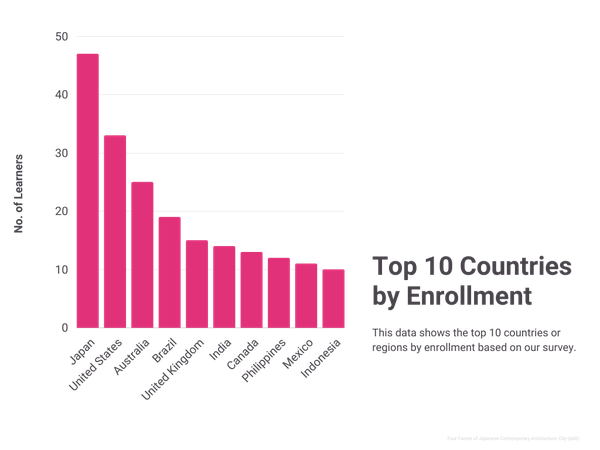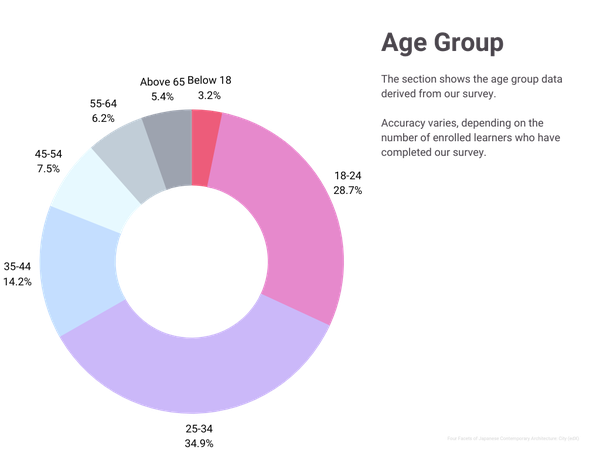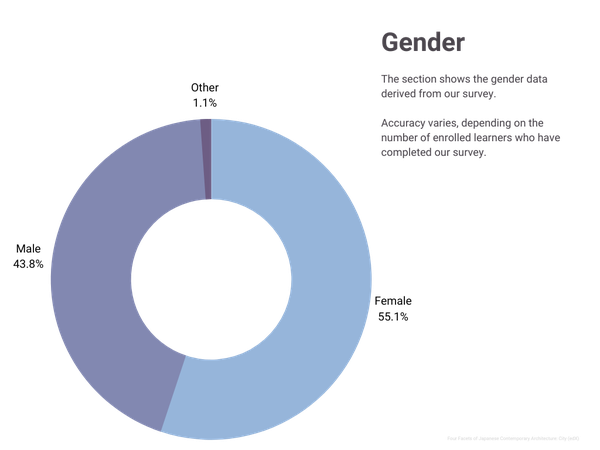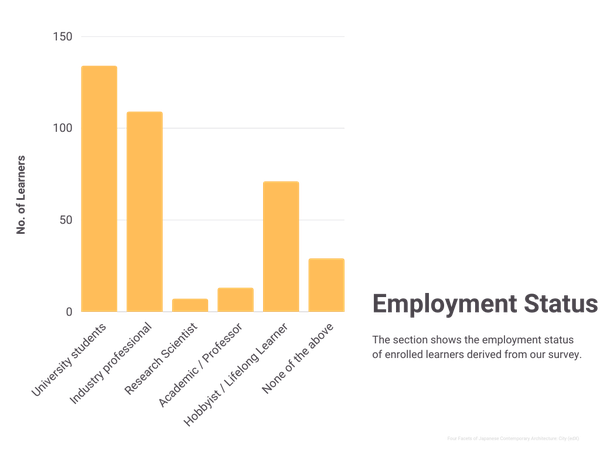Four Facets of Contemporary Japanese Architecture: City
This is the third course in the “Four Facets of Contemporary Japanese Architecture” series, which focuses on the third facet: city. After the 1970s, Japanese architects are said to have stopped conceptualizing cities and instead focused on designing the individual buildings that make up the cities. However, as cities continue to undergo significant transformations in response to globalization, the advent of information technologies, and so on, Japanese architects are once again engaging the city, and doing so in unique ways. This course on “City” will review the works of those architects who have attempted to conceptualize cities through their architecture and examine the changes over the last half century as well as the issues for the future. Fumihiko Maki, Itsuko Hasegawa, Riken Yamamoto, Kengo Kuma, Jun Aoki, and Atelier Bow-Wow (Yoshiharu Tsukamoto & Momoyo Kaijima) visit their buildings to discuss the ideas behind their respective works.
Supported Language(s): Japanese, English
Instructor(s)
Instructors' Voices
In this course, you will learn about:
- Development of contemporary Japanese architecture since the 1964 Tokyo Olympics
- Features of works of influential Japanese architects
- How Japanese architects attempted to conceptualize cities through their architecture
- Present concerns and potential future directions for contemporary Japanese architecture
Highlights
Highlight video:Four Facets of Contemporary Japanese Architecture: City1
Highlight video:Four Facets of Contemporary Japanese Architecture: City2
Highlight video:Four Facets of Contemporary Japanese Architecture: City3
Learners' Statistics






Learners' Voices
-
Germany, 52
I am extremely satisfied with this course. It has been a source of inmense inspiration for my "engineering work" from the perspective of Professors Kuma and Obuchi and the brilliant architects that participated (including Kuma-san and Obuchi-san themselves). Your humble attitude has impressed me although I am aware that "world class architects" participate in each Module. I simply regret not having participated in the 1st and 2nd Facet courses, and I await for the 4 Facet.
-
Canada, 35
I think it was great. Looking forward for the fourth facet. I wish there were more courses like this one.
-
United States, 43
Please make this course a continuing education accredited course for U.S. Architects and make all past courses in this series available since I missed the first (Theory).
-
Japan, 43
By learning the past three facets up to now, I find it necessary to learn more about Kenzo Tange, Arata Isozaki, and Kisho Kurokawa, and Metabolism. As their names are referred by many architects during the courses. It would be great if I have an opportunity to learn that period of time. (I learned Isozaki at the first facet, but still, it is not enough.) I would definitely take the course, if it is materialized. I enjoyed the course, anyway and I am looking forward to start the fourth facet soon. Thank you very much.
-
Canada, 20
I liked the concept of learning about a project, ideas and history while walking through it with the architect. It made the course light and enjoyable. As a non japanese speaker, i personally enjoyed the way it was done in two parts, the visit and the sit down talk, so I could better focus on the conversation. Throughly, very interesting and inspiring!

